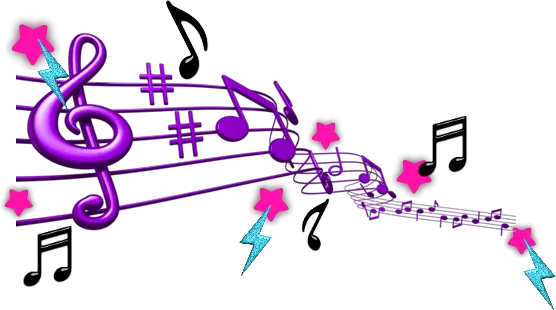How do I know what key I’m singing in (voice)
Have you ever seen or heard a singer go to a piano accompanist and tell him he wants to sing a song and then ask himself how to find out the key of the melody? How the hell does that work and how did you find your voice type when you started singing? Always sing a song, then listen to the melody a little, that there is a key to it, in which you would like it And that’s what it’s about? If you sing well, how do you behave in the right key for the song you sing in?
The best thing you can do is record yourself singing in the key you are considering and see how it sounds. You can see the notes you sing on the piano keyboard and learn to identify the sound of your voice with certain notes. Look for coincidences, but have a good idea of what you have transposed into a single note, as opposed to a chord.
If your voice feels natural and comfortable playing in the same key as the original singer, the key is fine, but if the notes are too high or too low, it does not mean that it is the right key to perform in the key. If the singer herself had to contend with the fact that the original key of the song was easier to sing, a change in key to bring the music into her range will lead to a much better performance. So if you come across a song that just doesn’t sound right when you sing, you can work on transferring it to a different key that you might be better at.
So you can summarize it in such a way that you do not identify your range as the only key that is best suited for a melody, but that you sing every melody that brings melody and melody into this range. Rather, you have a series of different keys to sing a particular tune, and each key will be different depending on the range and melody line.
How do I know what key I’m singing in?
If the song is placed in a key that allows you to sing in this range, then your vocal timbre will match the feeling of your song. If it is too high, then you should find out what high notes it is and compare it with the range of voices you find here. Consider your feelings about the message of a song and sing in the pitch of that range.
You can try to sing a song in three similar keys, or you can challenge yourself and try out both the low and the high key. Look at the notes you have written down and count how often they are in the range of the low and high tone of your normal voice. When using sharp, flat and black tones, each octave produces 7 tones and A – G Is one of those octaves. In the white key, you go through the lowest note and sing this note until you reach the highest note, and then you go up to the next note.
You may prefer to sing in G major, where the natural tessitura range of the melody is often in the middle of C. You may have to sing the song “Jingle Bells” in D key, or you may want to sing it in Misty, in F. key. If the two melodies are not exactly the same, then perhaps you need another way to sing them. For example, a singer can sing a scale of vowels or syllables, sing an ascending or descending scale, combine both methods into a vocal exercise, and develop a direction across the entire vocal range.
If you have difficulty singing in B key, you can try to transfer it to C key to make it easier to sing, or if you really don’t like playing it and don’t want to go that far, you may have to do it in a key like F or Gb. If you find that your voice matches key E, your uke can be tuned to ADF or B, either way the e chords are easy to play. Finally, love your musicians and use this song in every key except F and G. It is not difficult to sing in both keys, but in C it is a little more difficult.
At the top of a well-written chart you can see the time signature of the clef, the number of sharp flats tells you what key the song is in, and it may or may not be accompanied by one or more sharp flats. If you have chosen a transposition because you want a certain key, then you should know which key to use. This informs you that the music should start in one key and change to another key in some parts of your song. The signature clef is found in the bar signatures of the clef, but it is not always clear which.
My passion for singing sparked when I played a small part in my high school play. Although I was terrible at it, there was a sense of liberation that washed over me.
Ever since that moment I have been practicing on perfecting my skill and I’m lucky enough to build a career out of it! I have sung on several movie sound tracks, contracted choirs for films, and has been teaching voice and piano in the Atlanta area for over 10 years.
I want to help people understand the fundamentals of singing, how to prepare the voice and keep it strong for performances, how to juggle singing with a jam-packed schedule, and the need to operate on a budget.

